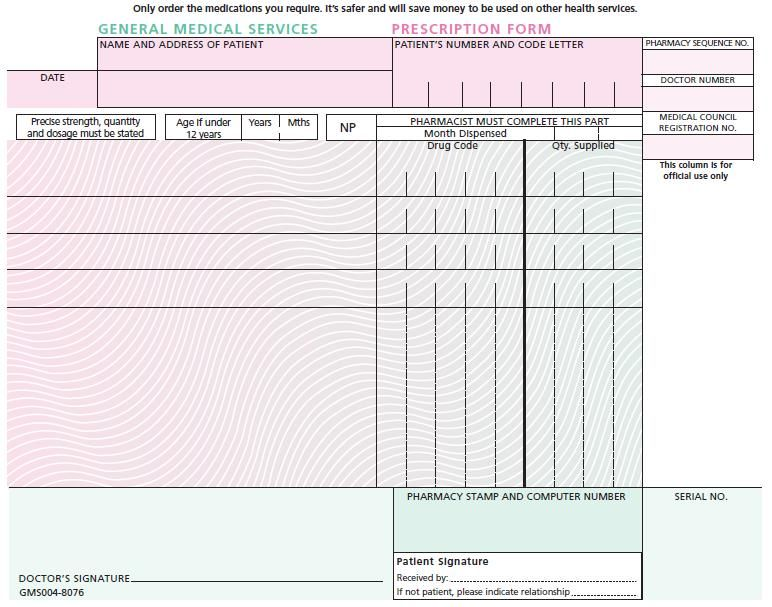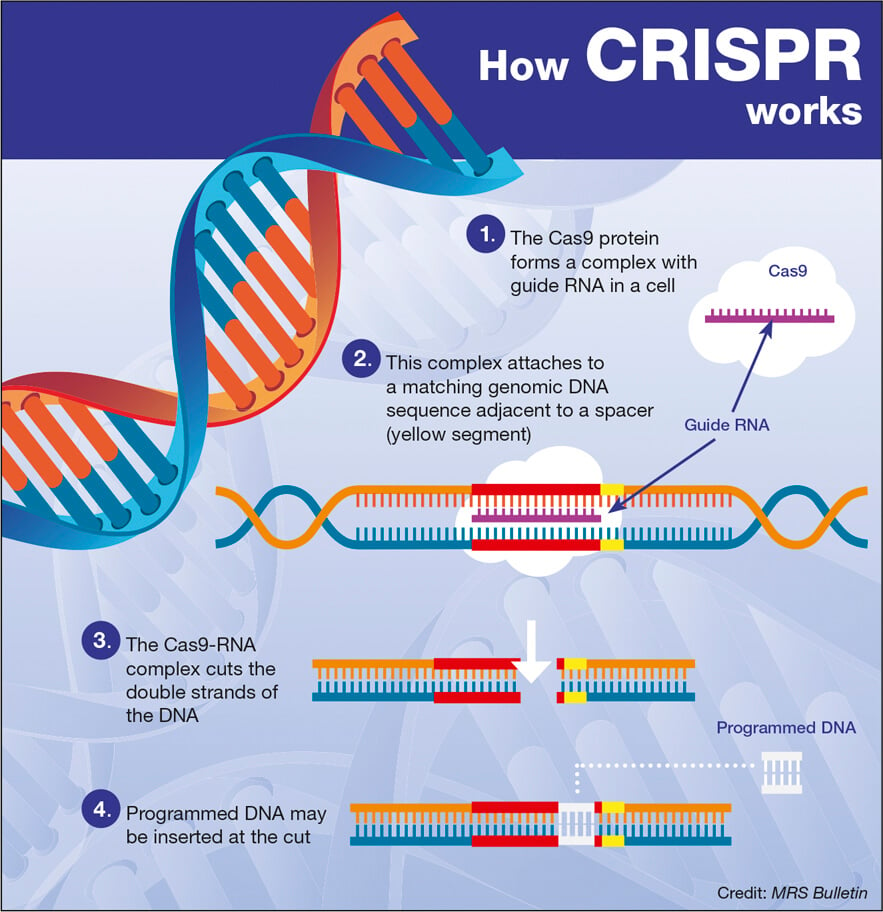Suicide prevention for older adults is an urgent and often overlooked area of concern, especially as individuals aged 75 and older experience the highest suicide rates of any demographic group. Unfortunately, many national suicide prevention organizations are not reaching this vulnerable population effectively, leaving older adults with limited access to essential mental health resources. Recent research highlights a clear discrepancy in online support and resources specifically tailored to elderly suicide prevention, despite the known risk factors such as isolation and loneliness. It is crucial to enhance strategies aimed at preventing suicide in older adults by investing in targeted campaigns that resonate with their specific needs. By raising awareness and improving accessibility to geriatric mental health resources, we can better protect the lives of our seniors and foster a supportive community for their mental well-being.
Addressing the crisis of self-harm among the elderly is a paramount issue that demands immediate attention. Recent studies indicate a troubling trend in suicide rates among seniors, revealing a pressing need for effective strategies to combat this growing challenge. Many older adults struggle with feelings of hopelessness and despair, necessitating a comprehensive approach to mental health support. Innovations in targeted outreach and tailored interventions can significantly improve the landscape of preventing suicide in this age group. By acknowledging the unique circumstances and risks associated with older individuals, we can forge paths toward meaningful and sustainable solutions.
Understanding Suicide Risk in Seniors
The issue of suicide among older adults is distressingly serious, with those aged 75 and older exhibiting the highest rates of suicide. As the CDC’s statistics indicate, this alarming trend is exacerbated by social isolation, chronic health issues, and other mental health stressors that elderly individuals may face. Recognizing these factors is crucial in understanding why targeted interventions are necessary to mitigate the increasing suicide rates in this vulnerable group. Unfortunately, many of the suicide prevention resources available fail to address the specific needs and circumstances of seniors.
Moreover, the systemic biases that often overlook the elderly population contribute to the insufficient mental health resources for seniors. This lack of attention not only leads to fewer suicide prevention initiatives aimed at older adults but also perpetuates a cycle where seniors feel unsupported in their times of need. As researchers point out, tailored interventions considering the unique experiences and challenges faced by older adults could lead to significant reductions in suicide risk. The conversation around geriatric mental health must include effective strategies to reach and engage older individuals, ensuring they can access help when necessary.
Suicide Prevention for Older Adults
Suicide prevention for older adults is a pressing public health challenge that demands immediate attention. The lack of easily accessible resources specifically targeting this demographic highlights a critical gap in our mental health support systems. Current efforts in suicide prevention predominantly focus on younger populations, leaving older adults with few options when seeking help. To counteract this imbalance, there is a dire need for suicide prevention initiatives that are both inclusive and tailored to the complexities that older adults face, such as cognitive decline, bereavement, and isolation.
Emphasizing community outreach and the promotion of mental health resources for seniors can significantly enhance awareness and provide the necessary support systems. This could include the development of targeted online campaigns that not only educate older adults about recognizing warning signs of suicide but also direct them to pertinent resources. Mental health professionals and organizations must prioritize creating platforms that are navigable and resonate with older adults, making it easier for them to find support. By amplifying the focus on suicide prevention strategies specific to older populations, we can begin to address the urgent need for change.
The Role of Mental Health Resources for Seniors
Access to mental health resources for seniors is critically important in addressing the rising suicide rates among older adults. Many seniors experience mental health challenges that go unrecognized or untreated due to stigma or lack of awareness about available services. Geriatric mental health care must encompass various approaches, including psychotherapy, counseling, and medication management tailored specifically for the elderly. By improving awareness and accessibility of these services, we can help reduce the suicide risk in seniors effectively.
Investing in training programs for healthcare providers can also bridge the gap in understanding and addressing geriatric mental health issues. These programs should focus on enhancing the skills of practitioners to better identify, address, and manage the mental health concerns of their older patients. Furthermore, establishing partnerships with community organizations can enhance resource sharing and promote community-based support systems, ensuring that mental health resources are comprehensively implemented across different neighborhoods. It is paramount that older adults feel seen, heard, and supported in their mental health journeys.
Addressing Social Isolation in the Elderly
Social isolation is a significant risk factor for suicide among older adults. With many seniors living alone and facing physical limitations, the feelings of loneliness can permeate their lives, often leading to increased depressive symptoms and suicidal thoughts. It is imperative to address these social dynamics by promoting programs that encourage social interaction and community involvement. Local initiatives can facilitate connections among seniors, fostering environments that diminish feelings of isolation and enhance mental well-being.
Creating engaging activities such as clubs, volunteer opportunities, or community events can provide older adults with the chance to connect with peers, share experiences, and build support networks. Digital literacy programs can also empower seniors to utilize technology to maintain relationships with family and friends, especially during challenging times. Tackling social isolation directly can serve as a protective factor against suicide, as it encourages resilience and community belonging among older adults.
The Importance of Tailored Prevention Campaigns
The effectiveness of public-facing suicide prevention campaigns has been well-documented, yet many of these campaigns fail to address the unique needs of older adults. Tailored prevention campaigns are vital to engage seniors effectively, as they can resonate more deeply with this demographic and provide relevant information that speaks to their experiences. By crafting messages that acknowledge the challenges older individuals face and offering relatable narratives, these campaigns can promote help-seeking behavior among seniors.
Additionally, incorporating testimonials from peers who have navigated similar struggles can enhance the credibility of these campaigns. Geriatric mental health specialists can guide the development of such resources, ensuring that the strategies implemented are culturally sensitive and respectful of the elderly population’s diverse experiences. By strategically adjusting outreach efforts, we can foster an environment where older adults feel empowered to seek help and are less inclined to resort to self-harm.
The Need for Increased Funding in Geriatric Mental Health
Increased funding for geriatric mental health programs is essential in addressing the rising rates of suicide among older adults. Currently, many mental health initiatives lack the necessary resources to develop and implement effective programs aimed specifically at this population. Advocating for policy changes that prioritize funding for research, awareness, and treatment options for older individuals can lead to a substantial decrease in suicide rates. Public health funding should be directed towards programs that facilitate mental health screenings and offer therapeutic resources tailored to seniors.
Moreover, the establishment of grant programs and institutional support can encourage innovation in developing novel programs capable of addressing the complex challenges faced by older adults. Engaging community stakeholders in funding decisions also ensures that programs are contextually relevant and accessible. Investing in geriatric mental health not only benefits individual seniors but strengthens the overall health and well-being of communities by fostering a supportive environment for aging populations.
Research Lessons on Preventing Suicide in Older Adults
Ongoing research into preventing suicide in older adults is crucial to inform effective strategies and interventions. Studies such as the one conducted at McLean Hospital reveal critical insights into the unique factors contributing to the heightened risk of suicide among seniors. Understanding how these factors interplay allows researchers and clinicians to devise comprehensive care models addressing individual and systemic challenges faced by older adults.
Furthermore, encouraging collaborations between researchers and mental health practitioners can yield practical applications for scientific findings, creating programs that directly address the needs of older adults. Continuous research efforts focused on geriatric suicide prevention will also help establish evidence-based guidelines that can enhance the training of professionals in this field, ultimately leading to improved outcomes for the senior population.
Engaging Older Adults in Their Mental Health
Engagement is key when it comes to mental health resources for seniors. Programs aiming to actively involve older adults in discussions about their mental health can lead to more personalized care approaches. Empowering seniors to articulate their concerns, preferences, and experiences with mental health can provide invaluable insights that help tailor interventions more effectively, reducing the likelihood of suicidal ideation.
Additionally, creating feedback mechanisms through surveys or community forums can enable seniors to voice their opinions on the resources available to them. These insights can be used to shape future programs and ensure they are meeting specific needs. Engaging older adults in their mental health promotes a sense of ownership and belonging, which can prevent feelings of isolation and foster overall mental well-being.
Collaboration Between Organizations for Better Outcomes
Collaborative approaches between various organizations and mental health services can significantly enhance suicide prevention efforts among older adults. By pooling resources, knowledge, and expertise, these partnerships can create a more robust support network for elderly individuals facing mental health challenges. Collaborative initiatives can include shared training programs for healthcare providers, joint awareness campaigns, and combined funding efforts for research tailored to geriatric populations.
Involving community organizations in these partnerships ensures that the resources developed are culturally sensitive and contextually appropriate. This inclusivity can lead to improved access to mental health resources for seniors, addressing barriers they may face in seeking care. Ultimately, a collaborative framework not only streamlines the pathways for older adults to receive support but also promotes a holistic approach to preventing suicide within this vulnerable population.
Frequently Asked Questions
What are effective strategies for suicide prevention for older adults?
Effective strategies for suicide prevention for older adults include enhancing social connections, providing mental health resources for seniors, and addressing underlying health issues. Community programs can promote social engagement, while healthcare providers can offer tailored mental health support to reduce feelings of isolation that contribute to suicidal thoughts in older adults.
Why is elderly suicide prevention crucial in today’s society?
Elderly suicide prevention is crucial because older adults, particularly those aged 75 and older, experience the highest suicide rates among any age group. Factors such as social isolation, mental health issues, and lack of accessible resources contribute to this crisis, highlighting the urgent need for dedicated prevention efforts and mental health resources for seniors.
What resources are available for preventing suicide in older adults?
Resources for preventing suicide in older adults include mental health hotlines, senior support groups, and online platforms providing geriatric mental health information. Organizations focused on elderly suicide prevention should ensure their resources are user-friendly and easily accessible to help older adults seek the support they need.
How can family members help in preventing suicide in older adults?
Family members can play a vital role in preventing suicide in older adults by maintaining open lines of communication, recognizing signs of depression, and encouraging seniors to utilize mental health resources. Regular check-ins can help combat social isolation, while supportive conversations can make it easier for older adults to seek help.
What is the connection between mental health resources for seniors and suicide risk in seniors?
The connection between mental health resources for seniors and suicide risk in seniors lies in the accessibility and effectiveness of those resources. Increased access to tailored programs addressing the unique challenges faced by older adults can significantly reduce the risk of suicide, as timely intervention and support play critical roles in mental health.
What role does social isolation play in elderly suicide prevention?
Social isolation is a significant risk factor in elderly suicide prevention, as it can lead to feelings of loneliness and despair among older adults. Initiatives that foster community involvement and social interaction are essential to combat isolation, helping to create a supportive environment that can reduce suicide risk in seniors.
What are the key findings regarding suicide rates in older adults?
Key findings indicate that adults aged 75 and older have the highest suicide rates, showing a concerning trend in increasing numbers, particularly as rates in younger age groups decline. These trends emphasize the importance of targeted suicide prevention measures focused on the unique needs of older adults.
How can technology aid in elderly suicide prevention efforts?
Technology can aid in elderly suicide prevention efforts by providing accessible online resources, educational materials, and telehealth services. As more seniors utilize the internet to seek information, ensuring that vital mental health resources are easily found online can make a significant difference in addressing suicide risk in older adults.
| Key Point | Details |
|---|---|
| Highest Suicide Rates | Older adults aged 75+, have the highest rates of suicide (20.3 per 100,000). |
| Lack of Resources | National suicide prevention organizations do not provide sufficient resources targeting older adults. |
| Research Insights | The study by McLean Hospital highlights an imbalance in online suicide prevention targeting older populations. |
| Effectiveness of Campaigns | Public-facing suicide prevention campaigns have been effective; more tailored campaigns for older adults are needed. |
| Need for Tailored Solutions | Future efforts should include targeted campaigns addressing the healthcare needs of older adults. |
Summary
Suicide prevention for older adults is a critical issue that requires immediate attention and action. Despite being at the highest risk for suicide, older adults often struggle to find accessible resources. Research indicates that existing suicide prevention organizations have not sufficiently prioritized this demographic, highlighting the urgent need for tailored interventions and campaigns. Addressing the unique healthcare requirements and social issues faced by older adults, such as loneliness and isolation, is vital in reducing these alarming suicide rates. By increasing awareness and improving resource accessibility, we can better support older adults in their mental health needs.



